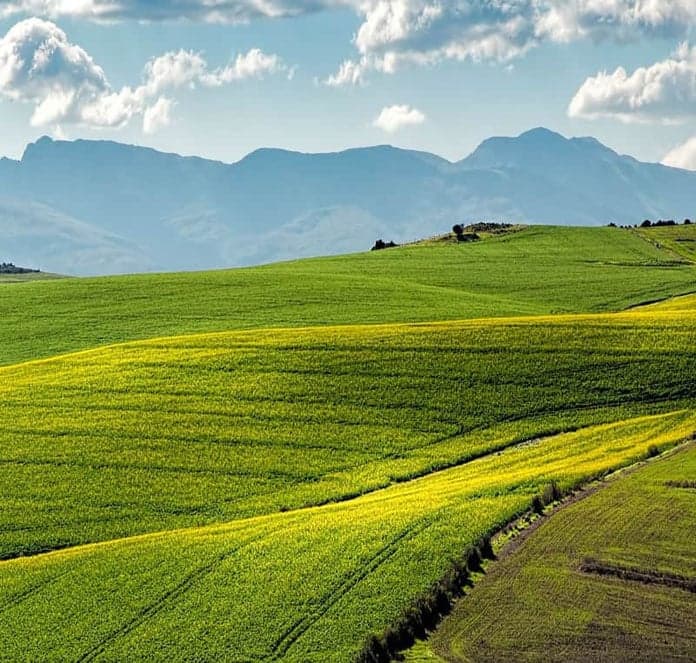Published:
This week, the globalEDGE blog will be taking a look at the global agriculture industry and its relevance to the international business world. In the following four days, we will look at current stories pertaining to the industry, including a look at Latin America and South Africa, along with how climate change is impacting farmers. On Friday, we will look toward the future, at how new techniques and technologies might improve the economic environment of the industry.
The agriculture industry is one of the world’s oldest, dating back over 10,000 years. For most of human history, farming was a way of life for the majority of the population, and was necessary for people to stay alive. With the agricultural revolution and research into farming techniques, agriculture started to recede from the lives of many people in the fast-growing parts of the world. Today, agriculture is still the world’s largest provider of jobs, consisting of 40% of the global workforce, but in the highly-developed world, this number is less than 5%. This disparity is a major aspect of the agricultural world: a fragmented, global industry.
Even with technological advancements, farming is still necessary to feed the world. Estimates have shown food production will need to increase 70% by 2050, to feed the 9 billion people who will be living on the planet. This shows the agricultural industry is still front and center for the global economy, and further investment and research will be necessary. We hope you enjoy our Agriculture Blog Series, and make sure to stay tuned this week for the rest of our posts!
File under






